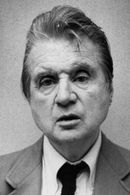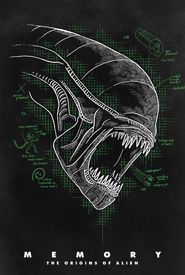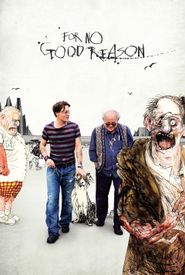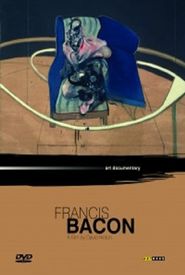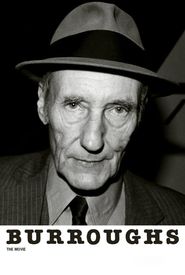Francis Bacon's life and artistic journey began in 1925 when he moved to London. Initially, he worked as an interior architect and furniture designer, but he soon discovered his true passion for painting. As a self-taught artist, Bacon was drawn to the Surrealist and Cubist movements, and he created his first oil paintings. However, he was not satisfied with the results and gave up painting for a while.
It wasn't until 1942 that Bacon returned to painting, and he decided to make a living as a full-time artist. His breakthrough came in 1945 with the work "Three Studies of Figures from a Crucifixion," which is now exhibited at the Tate Gallery in London.
Bacon's artistic style was characterized by his depiction of human isolation and conflict, as seen in his painting "Pope Innocent X" from 1953, which is now part of the William Burden Collection in New York. This work was inspired by the Spanish painter Diego Rodriguez de Silva y Vélazquez and is a representation of violence and pain.
Bacon's artistic influences were diverse, ranging from Hieronymus Bosch to William Blake, Johann Heinrich Füßli, and Vincent Willem van Gogh. He often drew inspiration from slaughterhouses, press photos, and medical books, which reflected in his paintings' eerie and distorted figures.
Bacon's portraits were themed around violence, despair, aggression, and pain, and his work "Two Studies for a Portrait of Georg Dyer" from 1968 is a prime example of the tension and deformative social forces he depicted. He classified himself as a realist documenter, and his expressionistic and visionary style of painting was both shocking and influential.
Throughout his lifetime, Bacon experienced numerous retrospectives of his work, including the first one in London in 1955, followed by others at the Tate Gallery, Guggenheim Museum, and Nationalgalerie in Berlin. Francis Bacon passed away on April 28, 1992, in Madrid.
